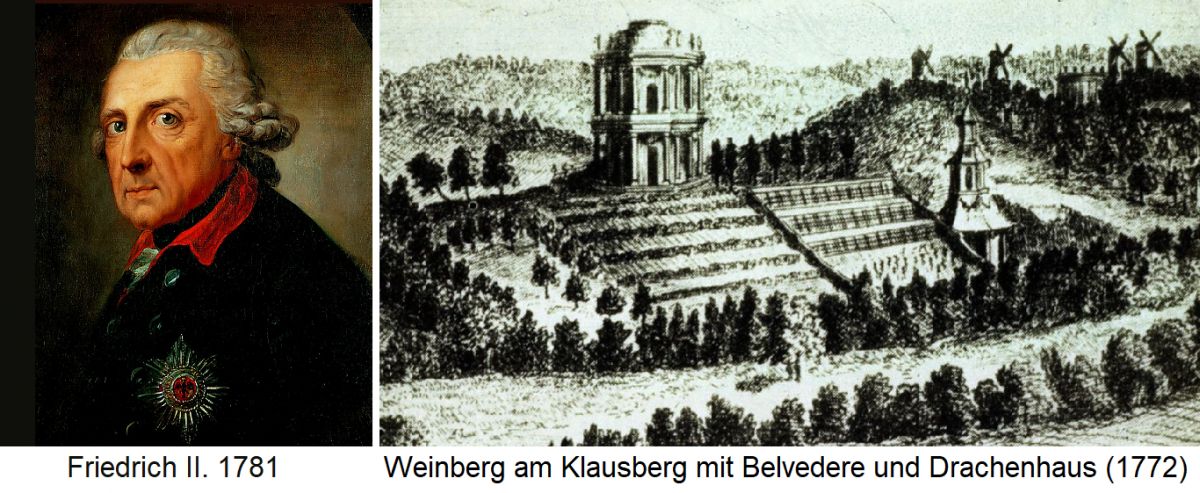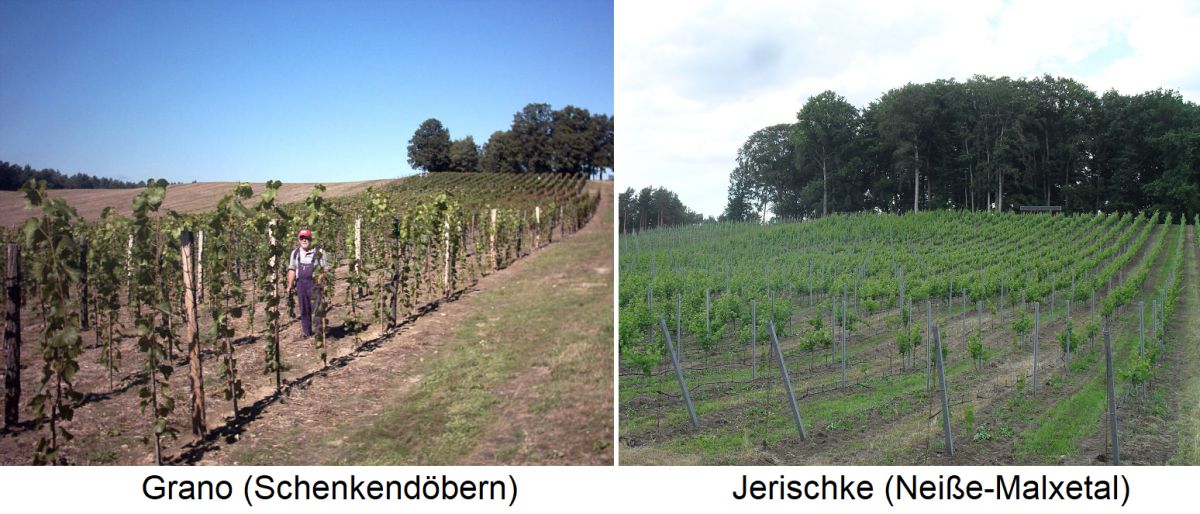Results
2,284 Results
Loading more Results ...
Loading more Results ...
| Brandenburg |
Description to Brandenburg
1157 is considered the founding year of the Mark Brandenburg, in which Albrecht I, or Albrecht of Saxony alias Albrecht the Bear (1100-1170) appropriated the territory with the reconquest of Brandenburg and made it part of the Holy Roman Empire. Through its development into the Electorate of Brandenburg since the end of the 12th century, it played an important role in German history. In 1701 the new state or kingdom of Prussia was created and Brandenburg became a province. When the GDR was founded in 1949, Brandenburg became part of the new state, but the part east of the Oder-Neisse line fell to Poland. After the reunification in 1990 the federal state of Brandenburg was created in the northeast of Germany with the capital Potsdam. In its centre, Brandenburg surrounds the German capital Berlin and forms the European metropolitan region Berlin/Brandenburg.

In the Middle Ages, the Roman Catholic Church, especially the Cistercian monasteries, was a promoter of wine culture. Under the Prussian King Frederick II (1712-1786), a market garden was established on the southern slope of the Klausberg in the Sanssouci Park in Potsdam in 1769 and planted with fruit and grape varieties. The orchard or vineyard was divided into six wide terraces with retaining walls and was planted with foreign fruit and grape varieties. However, the yields fell short of expectations. After a 140-year slumber, the "Royal Vineyard" was reopened to the public in 2004 after seven months of restoration. In 1928 Dr. Erwin Baur (1875-1933) founded the Department of Vine Breeding in Müncheberg as a branch of the Kaiser Wilhelm Institute (KWI) for Breeding Research (predecessor of today's Max Planck Institute for Plant Breeding Research in Cologne).

The vineyards in the municipalities of Burkersdorf, Luckau, Neuzelle and Schenkendöbern are part of the Saxony wine growing region and a few hectares in Werder an der Havel are part of the Saale-Unstrut wine growing region. The Werderaner Wachtelberg at 52 degrees 23 minutes north latitude is the most northerly vineyard in terms of quality viticulture. In the rest of the area, the wines may only be marketed as Brandenburg Landwein. The vineyards cover only about 30 hectares, 95% of which are concentrated in the southern parts of the country and in Werder/Havel. The most important red wine varieties are Pinot Noir ( Spätburgunder), Regent, St. Laurent, Dornfelder, Trollinger (Schiava Grossa), Cabernet Cortis, Acolon and Domina, the most important white wine varieties Müller-Thurgau, Bacchus, Cabernet Blanc, Phoenix, Johanniter, Sauvignon Blanc, Muscatel, Gewürztraminer,Pinot Blanc, PinotGris, Riesling, Sauvignon Gris, Solaris, Phoenix and Kerner.
Friedrich II: By Anton Graff - Cultural Institute, Public Domain, Link
Klausberg: By Andreas Ludwig Krüger - drawing, in the public domain, link
Grano: Photographed by Mannl-edv in the Wikipedia - Self-made, CC BY-SA 3.0, Link
Jerischke: From Biberbaer - Own work, CC BY-SA 3.0, Link
More information in the magazine
- The collections and discoveries of the year Tasting season 2023/2024
- The two unstoppables Blaufränkisch from Austria and Germany in comparison
- Our wine tips for the barbecue: From the Wachau to the Priorat Currently tasted
- No elegance without power Tasting: German Pinot Noir
- Spoilt for choice White Pinot varieties
- The paradoxical year Riesling 2022
- Paradisiacal times! Tasting: European sparkling wines for the festive season
- The indestructible Tasting: Silvaner 2022
- Winery Escher Discovery of the Year 2022 - Württemberg
- Winery Aldinger Collection of the Year 2022 - Württemberg